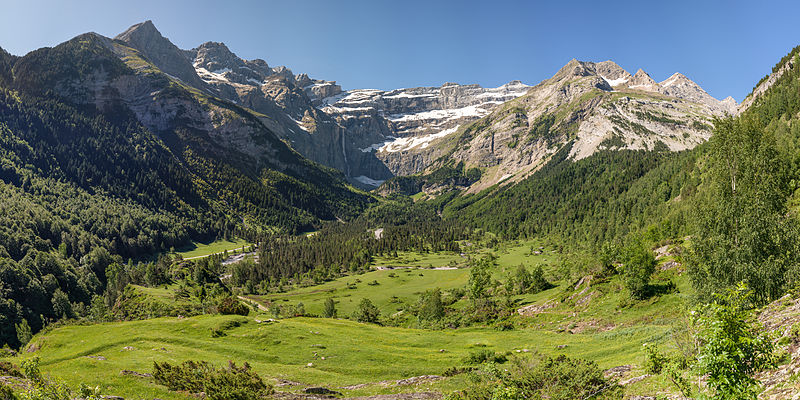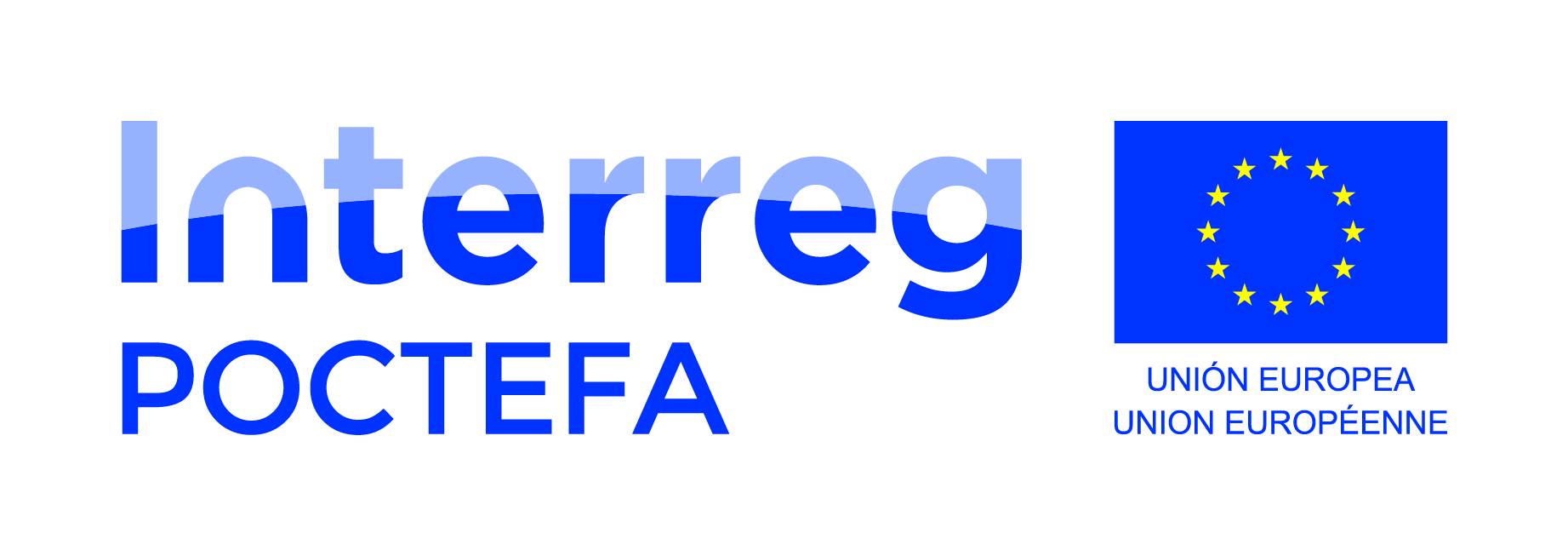
Geothermal energy is a necessary asset in the global transition from fossil-based energy to renewable energy supply. Geothermal energy can provide baseload power 24 hours a day, 7 days a week and 97% uptime, outperforming other renewable energy sources such as wind or solar. However, geothermal resources and reserves are under-exploited worldwide, and most of the world's potential remains undiscovered. The International Energy Agency forecasts a 28% growth in global geothermal capacity. However, solar and wind renewables are driving the energy transition in Europe. One of the main obstacles to the development of geothermal projects is the risks prior to the development phase, which can be reduced by extensive interdisciplinary explorations. How to integrate multidisciplinary information into the interdisciplinary conclusion remains an open question.
The PIXIL project aims to facilitate and promote the development and cost reduction of geothermal energy in the Pyrenees region, and in the framework of this project, the PIXIL team of the University of Barcelona takes the geothermal system of La Garriga-Samalús as a representative case study of the fault-controlled systems found in the region. All existing information from different disciplines on this system has been compiled and reviewed and reinterpreted to renew the existing conceptual model. Table 1 presents a summary of this experience.

Table 1. Summary of multidisciplinary methods for the interdisciplinary characterisation of fault-controlled geothermal systems, from Interdisciplinary characterization of La Garriga-Samalús (Barcelona, Spain) fault-controlled geothermal System by del Val et al., 2021, presented at the 48th IAH (International Association of Hydrogeologists) Congress.



